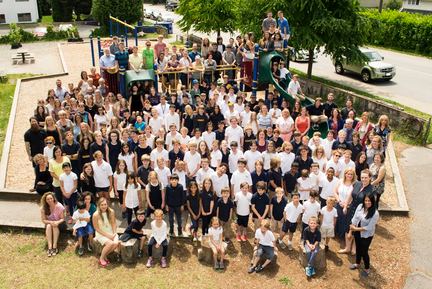
Now don't get me wrong, I haven't heard a single person complain about the summer that we all just enjoyed. Long sunny days, mild evenings, and a seemingly endless series of opportunities to enjoy the beautiful environment that surrounds us. That is not to say that there weren't challenges - near drought conditions in many communities; a proliferation of wildfires and the taste of smoke in the air even here in the Lower Mainland; but, in many ways, this summer was reminiscent of the ones that I remember from my childhood, the ones that seemed to go on forever.
But now, we are back in business, and on Wednesday morning the doors flew open and in surged a sea of faces: some excited, others anxious; some frowning, others with wide, sunny grins; some timid, others bold; some determined, and others reticent – and those were just the parents! Our students came tumbling in the same way – there were the cautious steps of the newly arrived; the relaxed swagger of the old pros; and, everything in between. No matter how they stepped through the door however, by the time the school day came to an end I think that both our students and their parents made their way home feeling good about their days and their choices.
Needless to say, sooner or later the honeymoon will be over and the real tough sledding will begin. But for now, it's gentle as it goes as we ease into another long and productive school year. One of the greatest challenges in a school like ours is the development and nurturing of a sense of community among students, staff and families. There is a danger that people will see themselves as transient – taking time out from “real” school to do some academic skill building, personal reflection and growth, and, re-establishing a positive self-image before continuing on with their academic careers.
But this is a misconception. A year or two or three is an eternity in the life of a child. Each day is a new experience to be celebrated and integrated into a student’s sense of self and the world around her or him. That is why it is so important for us, as adults, to do whatever we can to provide opportunities for our students to feel that they are an integral part of something larger.
Research indicates that family collaboration with schools increases student achievement. The benefits of parent and family involvement include higher test scores and grades, better attendance, more completion of homework, more positive attitudes and behaviour, higher graduation rates, and greater enrolment in higher education. The payoffs for learning are obvious, not only for younger children, but for all our students. Although parent interest and attention is typically strongest at the primary level, continued involvement through the middle grades and in high school is important in encouraging and guiding our children’s development and achievement. At KGMS, we regard our relationship with our families as a partnership in which school and home share responsibility for each child’s learning. When this partnership is extended to include the larger community, the benefits are greater yet. Perhaps most important is that when responsibility for children's learning is shared by the school, home, and community, children have more opportunities for meaningful and engaging learning opportunities.It is our ongoing goal to provide a variety of experiences both inside and out of the classroom to continue to help our students to make those connections to the larger world.
Great summers, like this past one, allow us to recharge. Students, parents, and educators all emerge refreshed and reinvigorated from a summer like this. It’s a funny thing though, as much as I love summer, each fall when I experience first-hand the joy of learning once again, I remember that I love September even more!


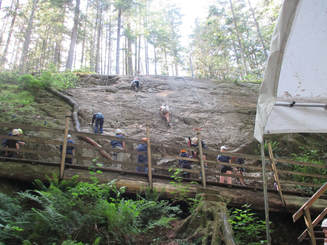
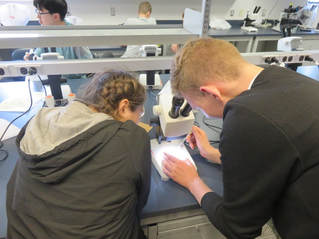
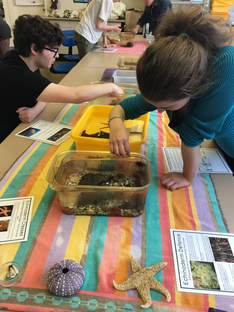

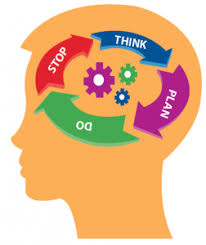
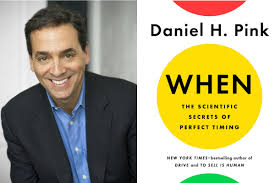



 RSS Feed
RSS Feed
